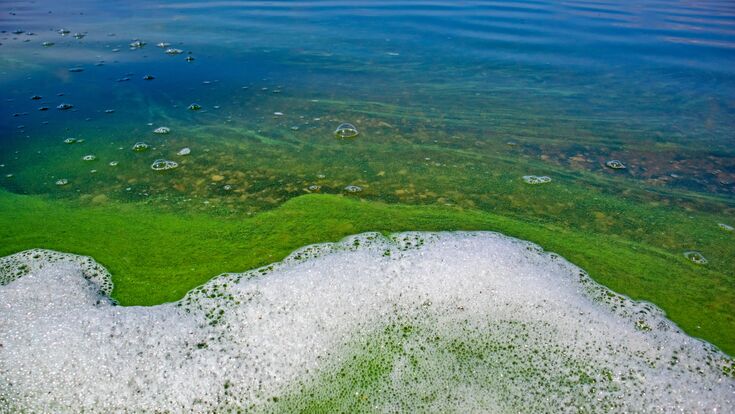Bio Fuels : AECOM and Genifuel plan to turn algae and wastewater biosolids into sustainable aviation fuel

Infrastructure consulting firm AECOM announced it has signed a strategic agreement with Genifuel Corporation to scale production of carbon neutral sustainable aviation fuel (SAF) and biogas from wild algae and biosolids. The partnership employs a patent-pending process developed by AECOM to harvest wild algae and a patented process developed by Genifuel and the U.S. Department of Energy to convert algae and wastewater biosolids into renewable oil and gas. Together, these technologies provide a truly innovative program to restore nutrient impacted waterways and make positive use of wet waste material.
Harmful algal blooms (HABs) are formed by an overabundance of nutrients in water and can produce toxins that threaten human health, aquatic ecosystems, and drinking water, making them one of the most scientifically complex and economically difficult environmental issues facing the world today. AECOM’s patent-pending Algae Harvesting Hydronucleation Flotation Technology (HFT) physically removes HABs, cyanotoxins, nutrients, and carbon from water, allowing recovered algae to be converted into commercial products, such as biofuel. Genifuel’s patented Hydrothermal Processing (HTP) uses heat and pressure to convert algae and biosolids into carbon neutral biocrude and biogas, similar to the way fossil fuels are formed, but in minutes as opposed to millions of years and without adding new carbon dioxide to the atmosphere.
"Both algae and wastewater solids have been proven as suitable feedstocks for SAF", said James Oyler, president of Genifuel. Our system allows for very fast conversion of the wet organic content, compressing the conversion to a matter of minutes. The output is biocrude oil or natural gas that is nearly identical to natural fossil equivalents, except they release no net new carbon dioxide. We look forward to our hydrothermal processing units being implemented at facilities across the U.S. in the near future.”
